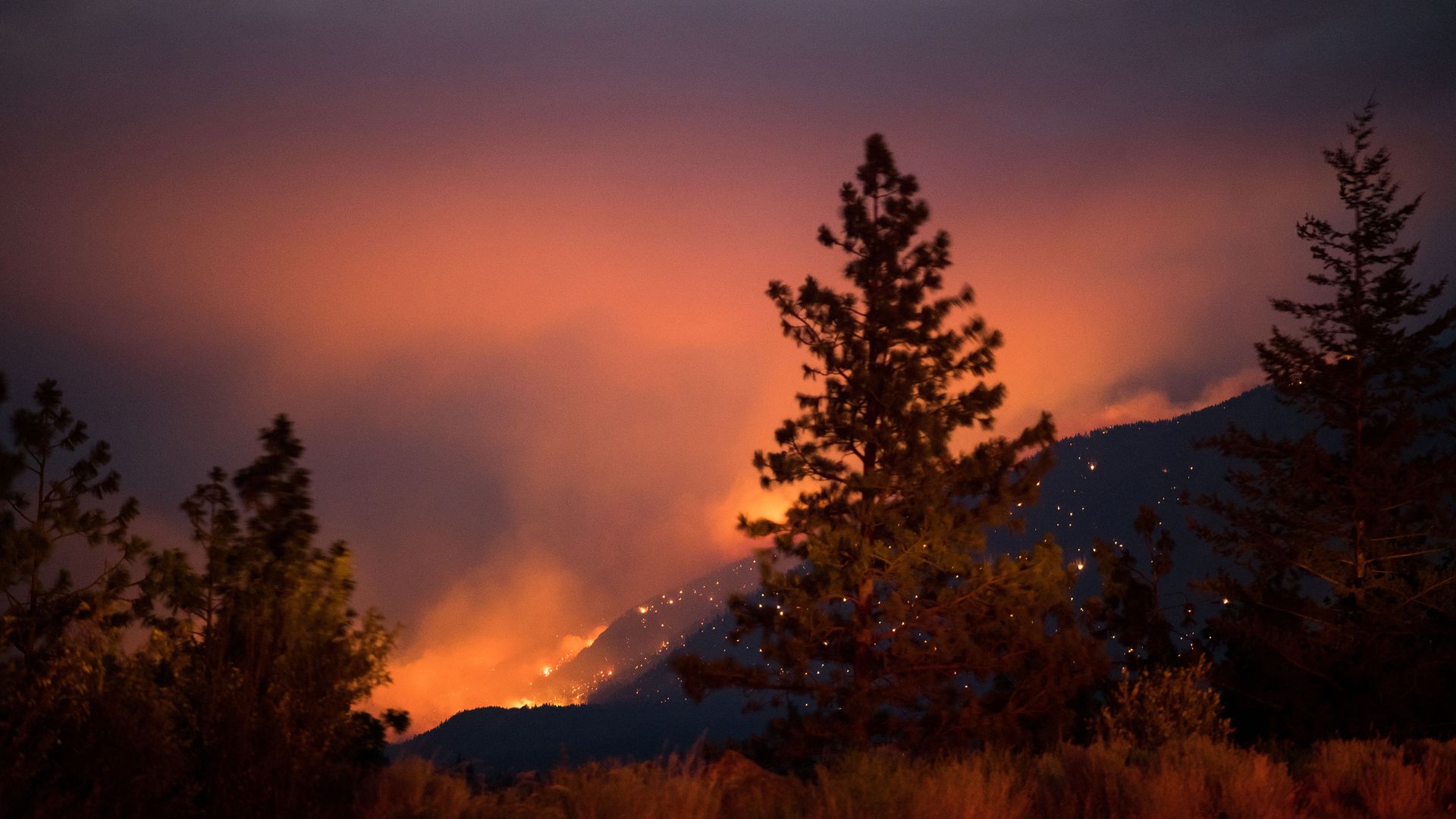Many may be surprised US history is dotted with socialists
Andrew Buncombe
Seattle@AndrewBuncombe
Thursday 24 June 2021
There was a time in the United States – especially at the height of the Cold War – when the label “socialist” or “communist” was so toxic it could get you ostracised or worse.
Yet, from the very early days of the nation, including the ideas of founding father Tom Paine, such ideas have flourished.
In the 1920s and 1930s, socialists running for office received huge numbers of votes, and many held elected offices.
Author John Nichols says that after Kshama Sawant was elected to Seattle City Council and he was asked by the media for his analysis, he often had to correct interviewers that she was in no way the first socialist voted in by electors.
But she was the first for many years, and the first on Seattle city’s council for a century.
“She's actually a sort of a renewal in many ways, of something that we saw a lot of a century ago,” Mr Nichols, author of The S Word: A Short History of an American Tradition - Socialism, told The Independent. “You used to have a lot of elected socialists all over.”
He added: “She was a new iteration.”
And just this week, India Walton, a socialist and activist, who had never before held office, won the Democratic primary for the mayor of Buffalo, all but ensuring her of victory, given the New York city has not had a Republican mayor for decades.
Given the rich tradition of socialism in the country, a fact that may surprise some, there are a lot of individuals who would fit the label “socialist”, even if if some of them would require a caveat, or footnote. Here are some of the most well known:
Eugene V Debs
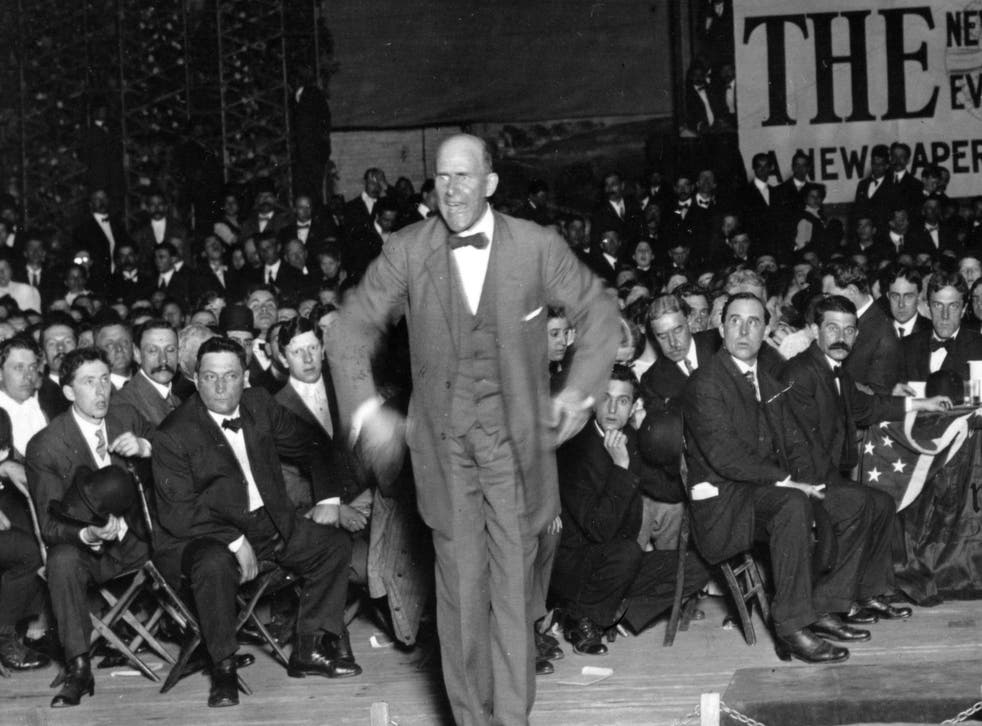
Eugene Debs of the Socialist Party of the USA made five bids for the US presidency
(Getty Images)
Debs, born in 1855, was an activist, orator, trade union member and politician. Initially, he was a member of the Democratic Party and was elected to the Indiana state legislature in 1884. After becoming more interested in the trades union movement, establishing the American Railway Union, his views shifted to the the left. He help found three socialist political parties, the Social Democracy of America, the Social Democratic Party of America, and the Socialist Party of America.
He made five bids for the presidency as a socialist, one of them from a jail cell, having been sentenced for his role in a strike. He had declared: “As a revolutionist I can have no respect for capitalist property laws, nor the least scruple about violating them.
“I hold all such laws to have been enacted through chicanery, fraud and corruption, with the sole end in view of dispossessing, robbing and enslaving the working class.”
His most successful bid was in 1912, when he received 6 per cent of the total vote. He died in 1926, at the age of 70.
Norman Thomas
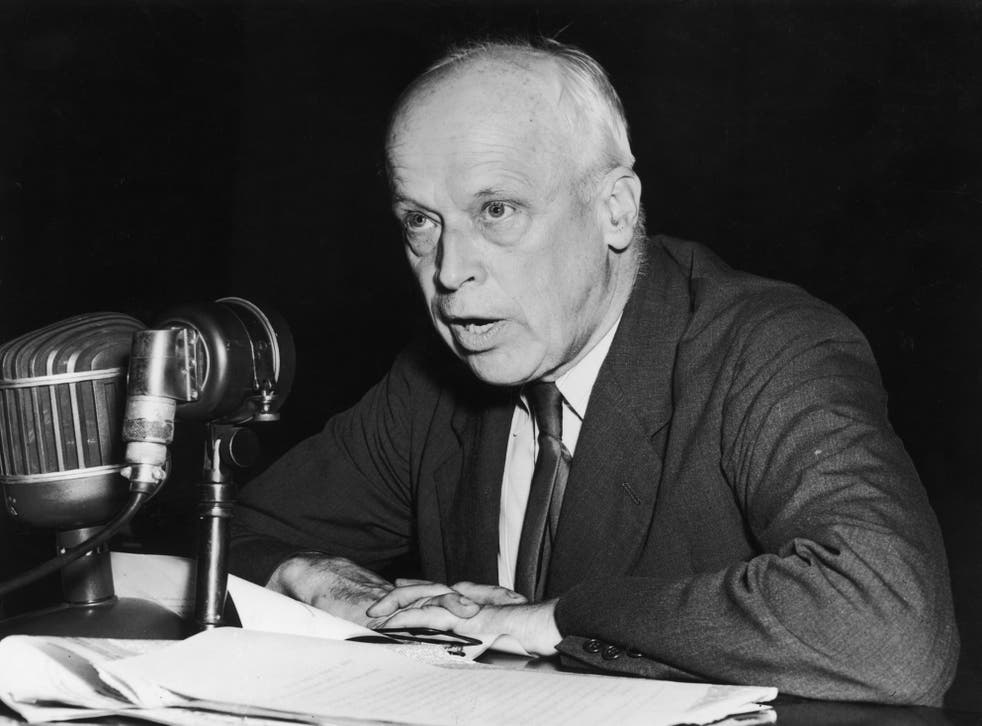
Norman Thomas ran six times for president as a socialist
(Getty Images)
Thomas, a church minister and pacifist who was born in Ohio in 1884, made bids for governor, mayor and the US senate as candidate for the Socialist Party of America. More famously, he also made six bids for the presidency, his first following the death in 1926 of fellow socialist Eugene Debs.
His first bid was in 1932, which saw a massive landslide for Democratic challenger Franklin Delano Roosevelt over the Republican incumbent, Herbert Hoover.
Thomas bagged 2.2 per cent of the popular vote. When he tried again in 1936, he only managed less than half-a-percentage point.
Thomas, who died in 1968 at the age of 84, once told Republican Barry Goldwater: “We are socialists because we believe this income which we all cooperate in making isn’t divided as it ought to be.”
Anna Louise Strong
Strong, who was born in Nebraska in 1885, packed in much to a life that broke down barriers, and pushed the envelope for women.
In 1916 she was elected as a member of the Seattle school board as a socialist, where she worked for the interests of poor children and their families. The daughter of Christian activists, she later became a journalist and wrote in support of the Seattle General Strike of 1919, saying: “We are undertaking the most tremendous move ever made by labor in this country, a move which will lead—NO ONE KNOWS WHERE!”
She spent much of time visiting the Soviet Union and China, where she interviewed Joseph Stalin, and founded the Moscow News, the city’s first English-language newspaper. She also interviewed many leading Chinese leaders, including Zhou Enlai and Mao Zedong.
In 1949, she was expelled from the USSR amid allegations she was a spy. She returned to the US where she faced investigation from the CIA, and her passport was taken. When it was returned, in 1958, she returned to China where she befriended Mao, and where she would spend the rest of her life. She died in 1970 at the age of 84.
Bernie Sanders
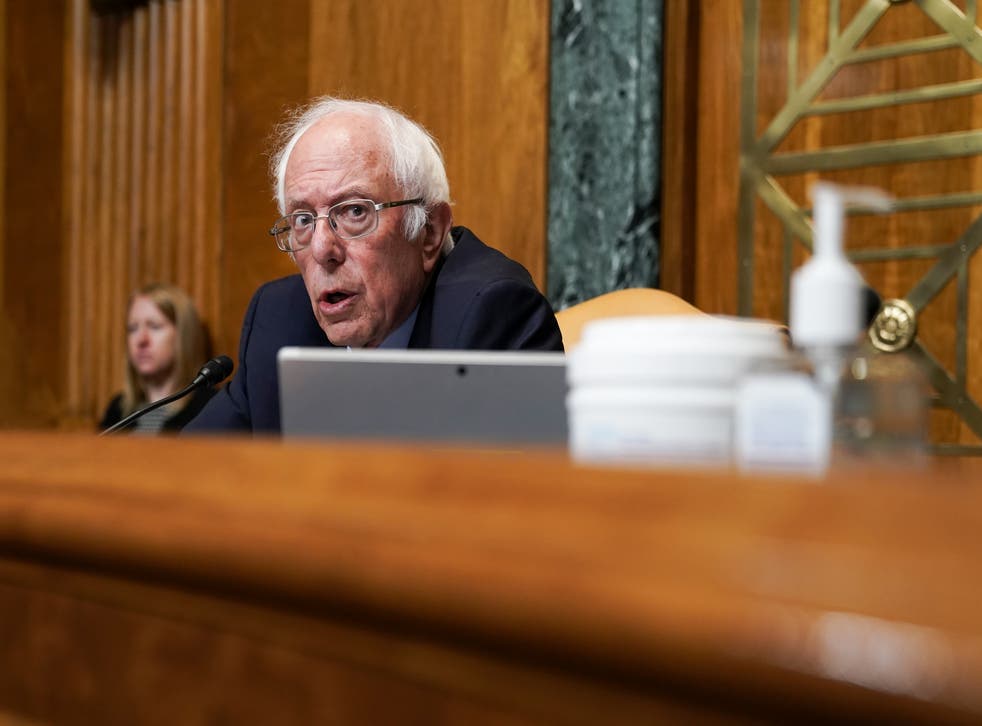
Bernie Sanders has never shied away from word ‘socialism’
(Getty Images)
The former mayor of Burlington, Vermont, has always described himself a democratic socialist, rather than a Marxist or communist.
Yet, throughout his career, he has never shied away from the word socialism, and his policies have always put the needs of working people at their core. Elected to Congress and then the Senate as an independent, he has invariably caucused and voted with the Democrats.
In 2016 and 2020 he sought the party’s presidential nomination, exciting millions of progressives with his enthusiasm. He helped make a number of policies – such a higher minimum wage, free healthcare, higher taxes for the rich – more mainstream than they ever had been.
Sanders, 79, also inspired inspired a new generation of progressive and socialist politicians, including Alexandria Ocasio-Cortez, Ilhan Omar and Rashida Tlaib.
Angela Davis

Angela Davis investigated US prison system in one of her ten books
(AFP via Getty Images)
Born in 1944, Davis is a writer, academic, and life-long communist.
Having been born in Birmingham, Alabama, she studied French, before moving to Germany where she studied philosophy and political science. When she returned to the US she became increasingly involved in socialist activism, and twice was the vice presidential candidate for the Communist Party USA, which was formed in 1919.
She once said: “The American judicial system is bankrupt. In so far as black people are concerned, it has proven itself to be one more arm of a system carrying out the systematic oppression of our people. We are the victims, not the recipients of justice.”
Davis has written more than 10 books, including an investigation into what she termed the US’s prison–industrial complex.
Now aged 77, Davis is a professor at the University of California, Santa Cruz.
In 1991, she helped establish a new socialist party, the Committees of Correspondence for Democracy and Socialism, and has been a member ever since.
Kshama Sawant
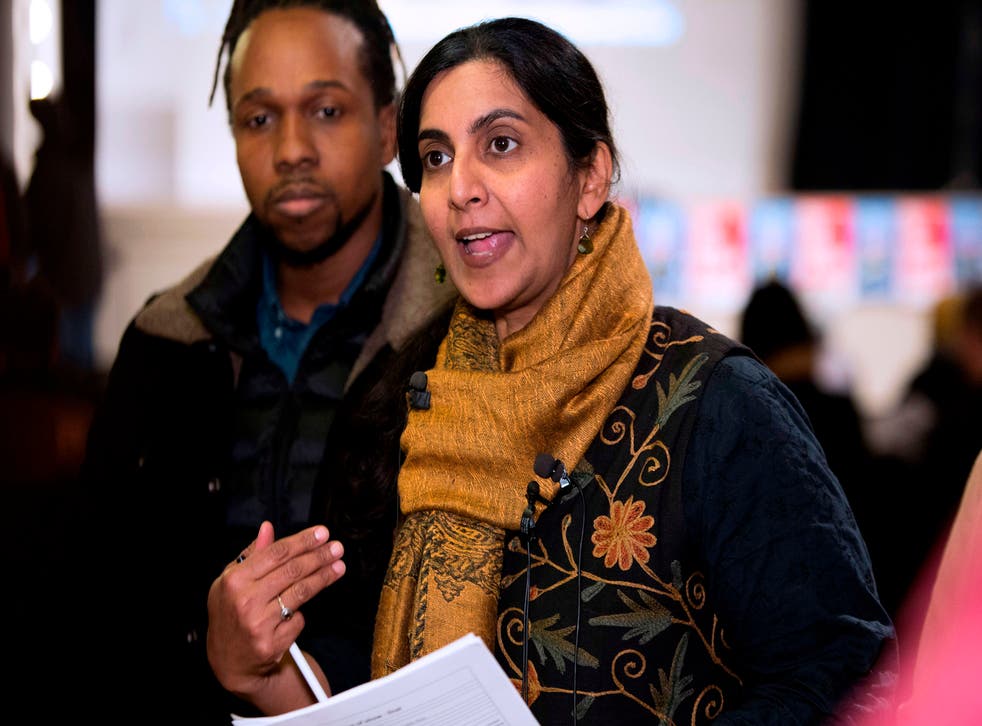
Kshama Sawant was first elected to Seattle City Council in 2013
(AFP via Getty Images)
The 47-year-old former software engineer was elected to Seattle City Council in 2013, as a member of the Socialist Alternative, a Marxist party seeking worldwide revolution.
She immediately began pressing for policies such as a $15-per hour minimum wage, and a year after her election, Seattle became the first major city in the US to pass such legislation. She has been re-elected twice.
Sawant has frequently denounced the impact of major companies such as Amazon on Seattle, saying they have helped speed up the pace of gentrification and pushed up the cost of affordable housing. She is currently trying to defend herself against the prospect of a recall election, organised by critics who claim she broke the law when the let protesters into city hall last summer.
She has denied any wrong doing and told The Independent: “I don't have a crystal ball. But I will tell you exactly what is going to happen if the recall succeeds – there will be a stunning attempt to roll back many of the victories we have won. But more than that, it will be a chilling effect on social movements.”
India Walton
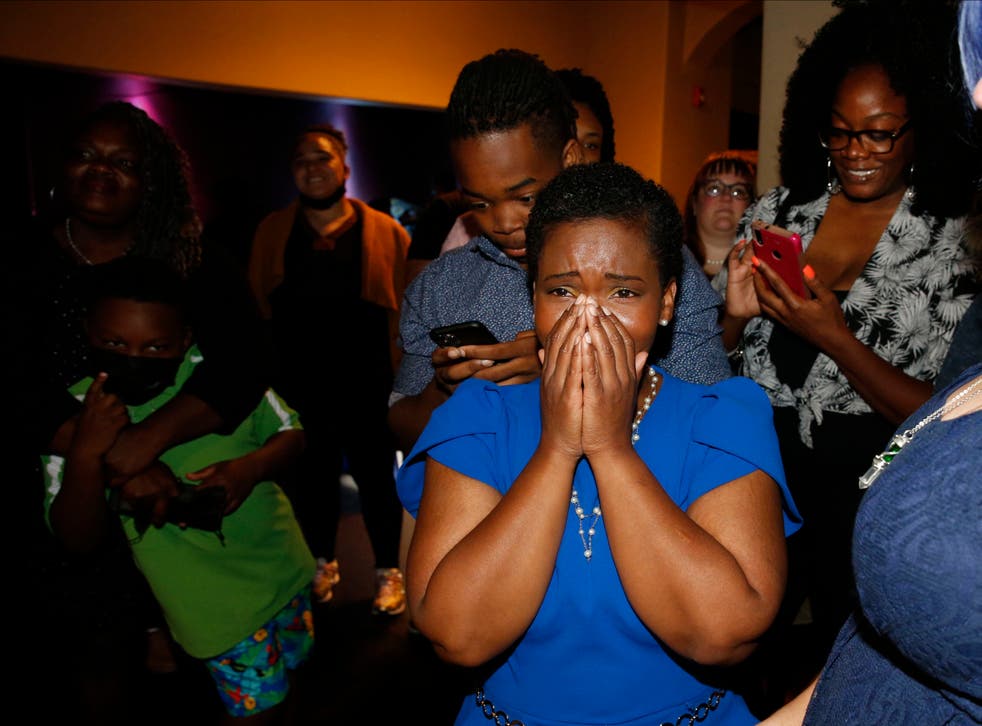
(The Buffalo News via AP)
India Walton, a nurse and activist, had never held office before. But she recently won the Democratic primary for the mayor of Buffalo, New York, running as a socialist.
If she wins in the general election later this year, as she is expected to do, she would be the first socialist mayor of a major US city since Frank Zeidler, who was mayor of Milwaukee until 1960.
Backed by both the Working Families Party and the Democratic Socialists of America, the 38-year-old told the New York Times she was keen to avoid labels.
“I don’t think reality has completely sunk in yet,” she told the newspaper. “I’m India from down the way, little poor Black girl who, statistically speaking, shouldn’t have amounted to much, yet here I am. This is proof that Black women and women belong everywhere in positions of power and positions of leadership, and I’m just super-excited.”
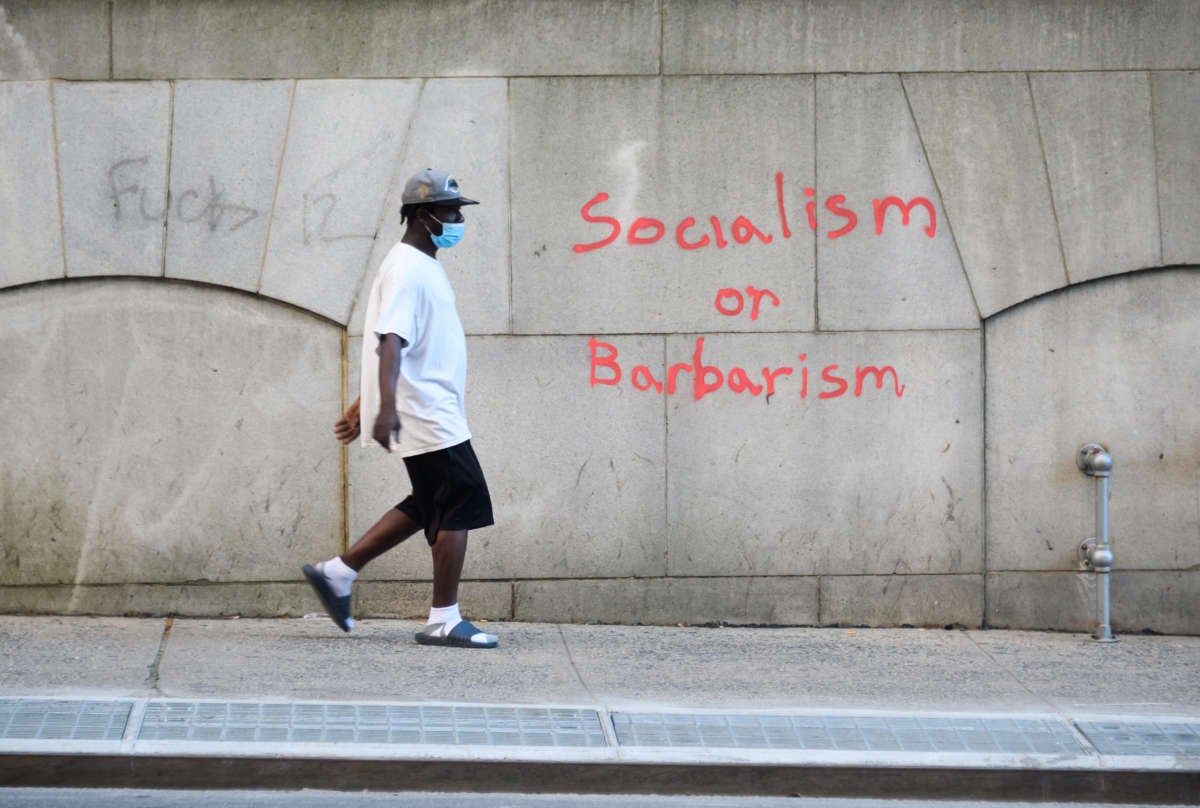



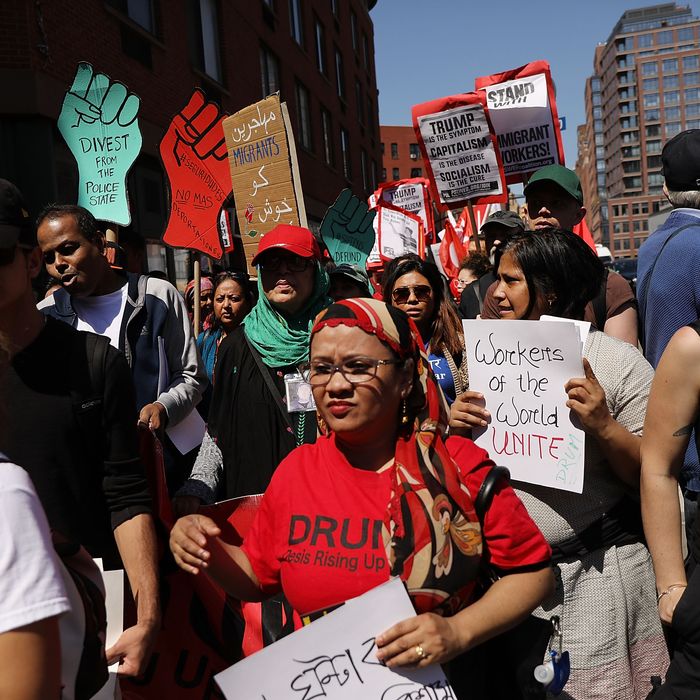




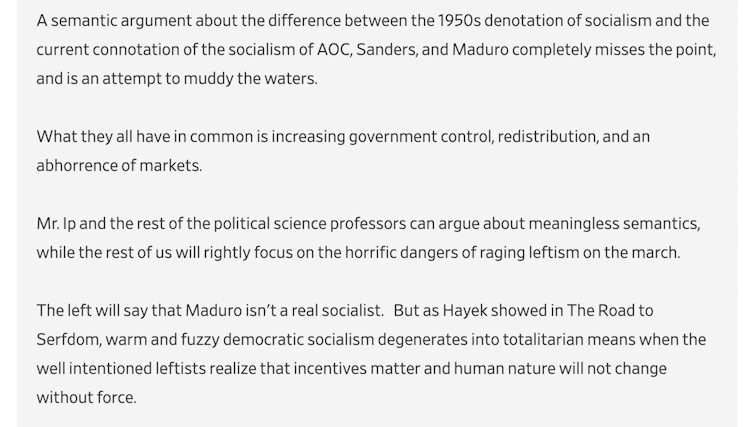
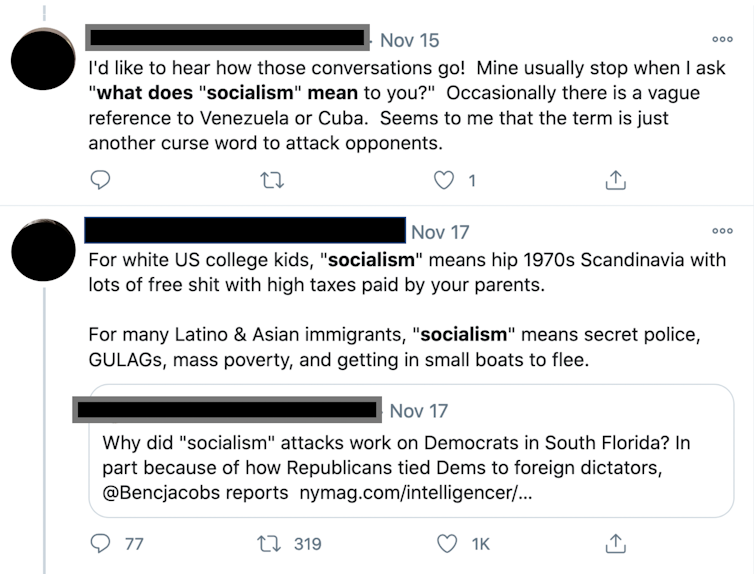
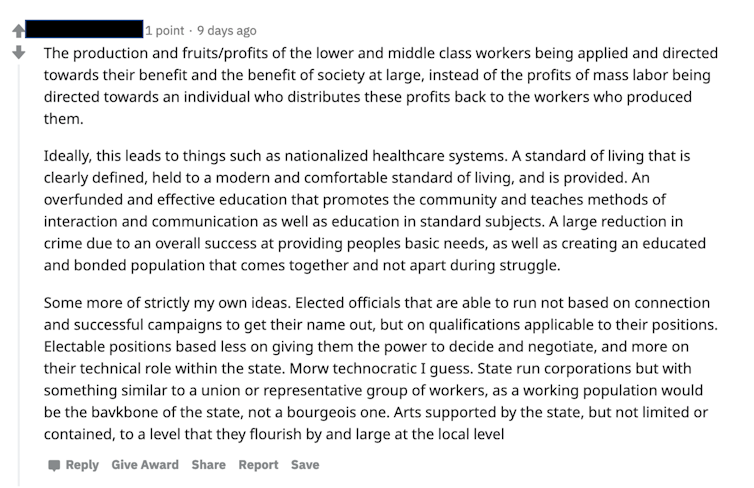
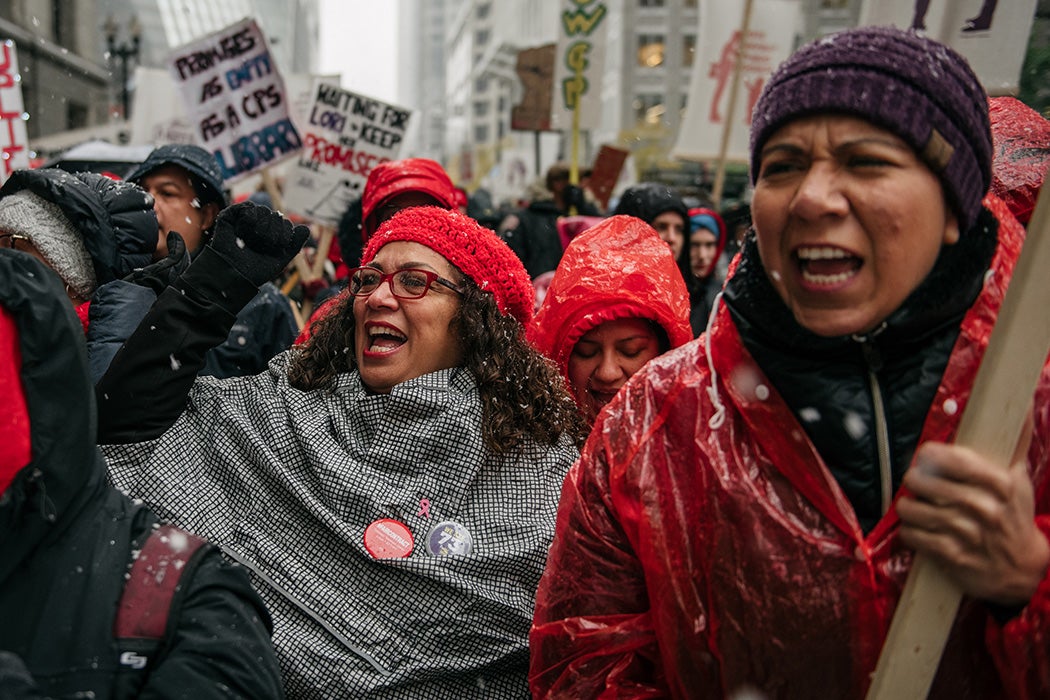

/cdn.vox-cdn.com/uploads/chorus_image/image/69537754/GettyImages_1289259419.0.jpg)
:no_upscale()/cdn.vox-cdn.com/uploads/chorus_asset/file/22696715/GettyImages_1228332941.jpg)


